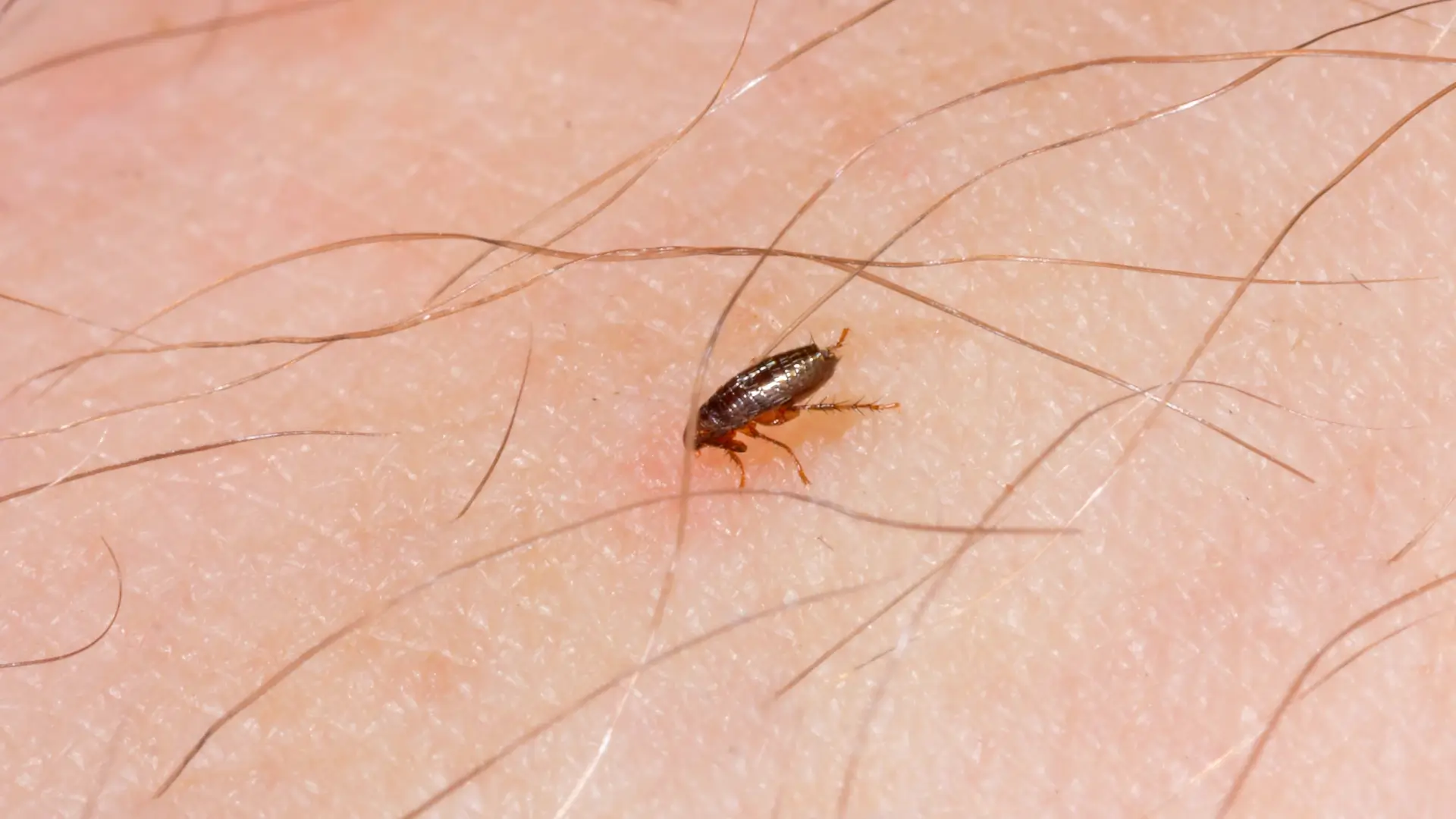Flea bites are a common problem for humans and pets alike. These tiny, reddish-brown insects feed on the blood of mammals and birds and are often found in homes with pets or in areas with tall grass. Flea bites can be painful and uncomfortable, and in some cases, they can even pose health risks. In this article, we’ll explore everything you need to know about flea bites, including their causes, symptoms, treatment, and prevention.
What Causes Flea Bites?
Fleas are small insects that are known for their ability to jump long distances and their preference for warm, humid environments. They are most commonly found in homes with pets or in areas with tall grass, such as parks, fields, and wooded areas. Fleas feed on the blood of mammals and birds, and they are most active at night. When a flea bites a human or a pet, it injects an anticoagulant into the skin, which prevents the blood from clotting. This allows the flea to feed for several minutes without interruption.
Symptoms of Flea Bites
Flea bites are usually easy to identify, as they tend to appear in clusters and are often accompanied by itching and redness. The bites are usually small, raised, and red, and they may be surrounded by a small halo of redness. Some people may also experience an allergic reaction to flea bites, which can cause more severe symptoms such as hives, difficulty breathing, and swelling of the face or tongue.
Treatment for Flea Bites
If you are bitten by fleas, it’s important to take steps to reduce itching and swelling and prevent infection. The first step is to wash the bite area with soap and water, and then apply an anti-itch cream or calamine lotion. Over-the-counter antihistamines and hydrocortisone creams can also help relieve itching and swelling. In severe cases, it may be necessary to see a doctor, who may prescribe an oral antihistamine or a topical steroid to help reduce symptoms.
Prevention of Flea Bites
The best way to prevent flea bites is to control the flea population in your home and on your pets. This can be done by regularly vacuuming your home, washing pet bedding, and using flea control products on your pets. You should also keep your pets from sleeping in areas with tall grass, as fleas are commonly found in these areas. When spending time outdoors, it’s a good idea to wear long pants and sleeves and to use insect repellent.
Home Remedies for Flea Bites
Apple cider vinegar: Apply a small amount of apple cider vinegar to the bite area using a cotton swab. The acid in the vinegar can help neutralize the anticoagulant and reduce itching.
Baking soda: Mix baking soda with a small amount of water to create a paste, then apply the paste to the bite area. Leave it on for several minutes before washing it off with water. The baking soda helps to neutralize the anticoagulant and reduce itching.
Aloe vera: Apply aloe vera gel directly to the bite area. The gel will help to soothe and hydrate the skin, reducing itching and swelling.
Ice: Apply a cold compress, such as a bag of frozen peas, to the bite area. The cold will help to numb the skin and reduce itching and swelling.
Tea tree oil: Dilute tea tree oil with carrier oil, such as coconut oil, and apply it to the bite area. The oil has antiseptic properties that can help prevent infection and reduce itching.
Flea bites can be painful and uncomfortable, but with the right treatment and prevention measures, they can be managed effectively. Make sure to keep your home and pets flea-free, and always be prepared with the right products and home remedies to relieve itching and swelling. With the right approach, you can protect yourself and your family from the discomfort of flea bites and enjoy a healthy, happy life.

